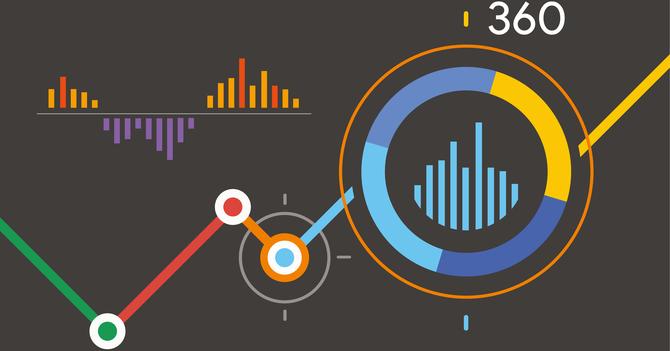IAB Australia and Nielsen have officially taken the wrappers off their Digital Content Ratings scorecard, aimed at giving publishers, agencies and marketers daily digital audience data across all devices.
The latest metric follows the launch of a monthly Digital Ratings solution in March 2016, and represents the third piece of a three-step plan aimed at overhauling the way digital content is measured. IAB’s first step in conjunction with Nielsen was to launch a measurement view of Australian mobile and tablet audience data.
The latest daily metric combines Nielsen digital device panels with census-based measurement to provide media buyers and owners with a granular dataset that shows audience reach across both larger and smaller sites, as well as on and off platform, via browser and mobile apps. The mission behind the metric is to deliver a de-duplicated, cross-platform view of digital content audiences with a daily reporting frequency that’s independent and that also works harmoniously with other existing audience measurements, such as TV.
Key elements being used include demographic profiles, platforms being used and device types, operating systems and access methods. On top of this, Nielsen has built in people-based comparisons around audience, reach, frequency, and levels of interaction.
As a result, the metrics available via Digital Content Ratings include unique audience, reach, frequency, time spent, page views and video views, app launches and app sessions.
IAB CEO, Vijay Solanki, noted digital advertising now accounts for half of all media spend. With such emphasis being placed on the transparency and reliability of reporting data across digital channels, the latest daily solution will complement Nielsen’s existing digital Ad Ratings measurement and ensure consistency in the way digital content and advertising performance is perceived, he said.
It also ties into IAB's plans to bring simplicity to digital advertising measurement.
“DCR is a game changer for the industry because it is daily, people-based and independent,” Solanki said. “It’s good for publishers and gives more precision to advertisers. It also helps create more transparency and more confidence for digital.”
It’s taken more than three years for the IAB to reach this measurement milestone, and comes six years after Nielsen launched its Online Ratings offering for measuring audiences across devices. The IAB originally partnered with Nielsen on the digital measurement overhaul in 2014, working together to identify a roadmap and metrics system that could more adequately gauge digital advertising success.
Nielsen’s head of Media Industry group, Monique Perry, said things had taken longer than both parties planned, with industry collaboration a key to finding the right metrics solution.
“The industry in this market is incredibly engaged and constantly scrutinising and challenging our digital audience measurement solution,” she said. “Every day our product and data science teams are innovating and building new technology solutions to best measure this complex and changing digital system. As a result, we now have a world-leading digital audience measurement solution, which the Australian industry should feel incredibly proud of.”
In order to be used, clients need to include a specific software development kit for Digital Content Ratings to gather digital activity on activated sources and tag relevant content. Data is then counted and calibrated against Nielsen’s digital panels and surveys, a process which helps the research group produce figures around de-duplicated audience reach, frequency and volume.
Nielsen said clients that choose not to activate the SDK can still be reported on via its panel-based measurement methodology, but at a monthly frequency only.
Commenting on the release, Nine’s chief digital and marketing officer, Alex Parsons, said the move to daily ratings represents an important milestone.
“It’s a clear sign of the increasing maturity of the Australian digital space,” he said. “With more demographic and visitation data, digital publishers will be more empowered than ever to better provide marketers and their agencies the data they require to make more informed choices about where they invest.”
Seven West Media chief digital officer, Clive Dickens, was similarly supportive of the new measurement offering.
“Digital Content Ratings responds to the constantly changing and increasingly complex online ecosystem,” he said. “Daily data is a game changer, and we are very much looking forward to seeing the inclusion of Seven West Media’s video in the coming period to add further independent measurement of our digital assets.”
Follow CMO on Twitter: @CMOAustralia, take part in the CMO conversation on LinkedIn: CMO ANZ, join us on Facebook: https://www.facebook.com/CMOAustralia, or check us out on Google+:google.com/+CmoAu












